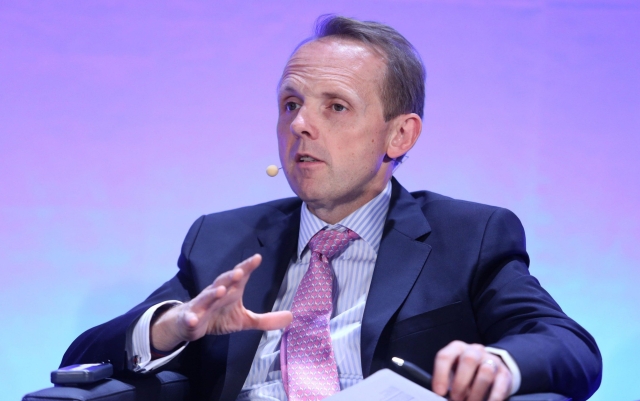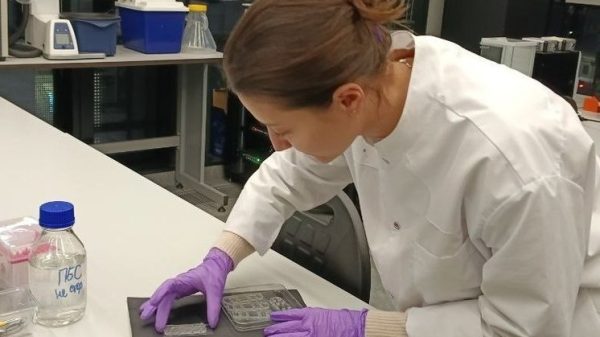 SSE's Alistair Phillips-Davies says the company is investing heavily in renewable energy and supporting infrastructure. Photo: Chris Ratcliffe/Bloomberg
SSE's Alistair Phillips-Davies says the company is investing heavily in renewable energy and supporting infrastructure. Photo: Chris Ratcliffe/Bloomberg
Chief executive Alistair Phillips-Davies said: “Strong policy consensus remains on the key drivers of energy security and decarbonisation – accelerating renewables, network investment and flexible power generation – and these are the engines of growth fueling the SSE.”
< p>“We are investing over £20 billion over the five years to 2027 and could invest over £40 billion over the decade to 2032.”
SSE’s operations are focused on two very different regions of the UK: reflecting its origins in two geographically separated public sector electricity companies.
The North Scotland Hydroelectric Council and the Southern Electricity Council, which supplied electricity to southern England, were privatized in the early 1990s and merged in 1998. create SSE.
This means that SSE supplies electricity to the northern Scottish islands and communities such as Shetland and Aberdeen, as well as southern areas including Portsmouth and the Isle of Wight.
The company also owns high voltage transmission lines in the north of Scotland and the Scottish islands, as well as a fleet of around 10 gas-fired power stations in Scotland and England.
Its ability to generate electricity from burning gas is similar. to its potential generation from offshore wind.
In Ireland the company operates as SSE Airtricity, providing electricity and gas to 750,000 homes and businesses. In 2020, the company sold its UK consumer electricity business to Ovo Energy to focus on its core business of transmission and generation.


































































Свежие комментарии